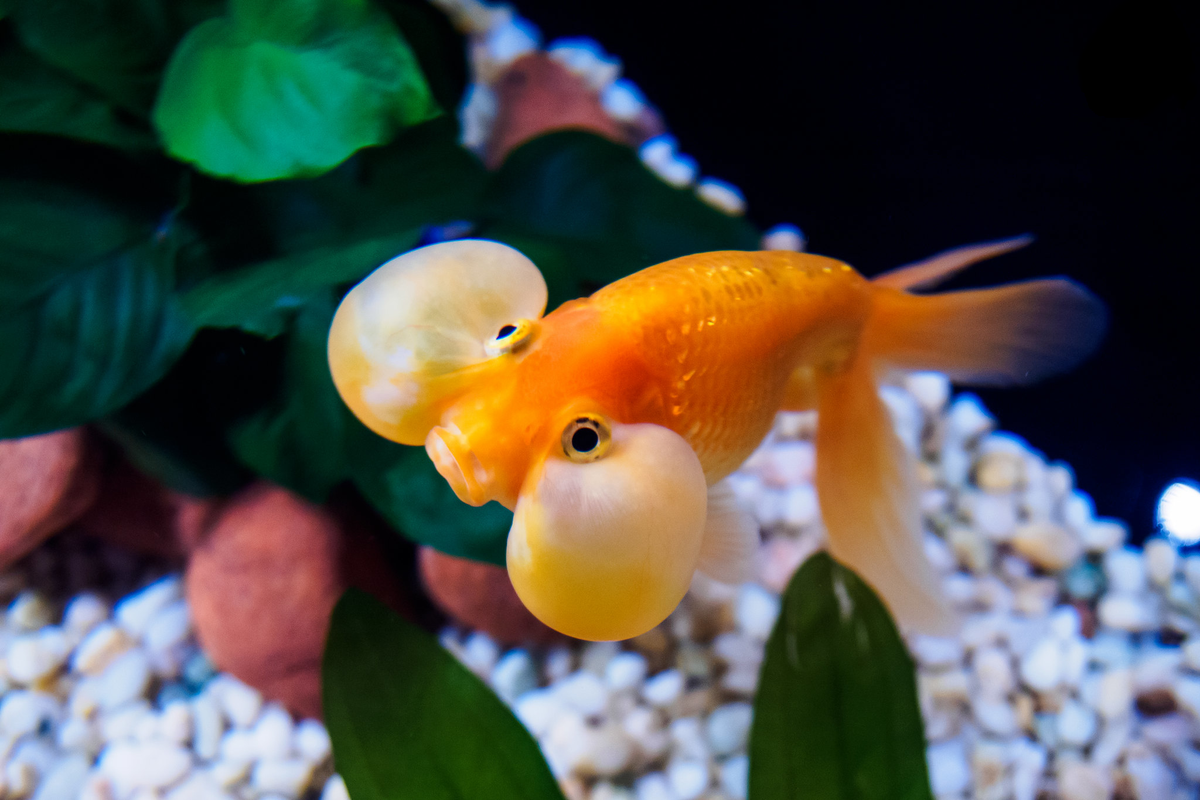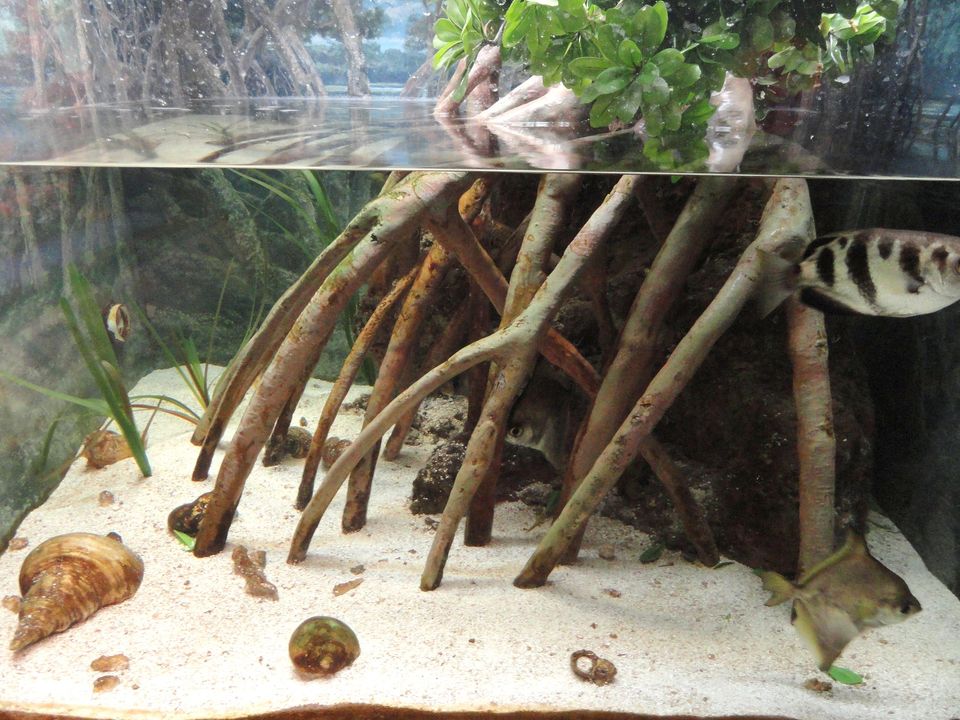Types of Big-Eyed Goldfishes & Things to look for before buying them
Big eyed goldfishes are a popular choice for aquariums due to their distinctive appearance and hardy nature. These fish are known for their large, expressive eyes and their elongated bodies, which give them a graceful and elegant look.

Big eyed goldfishes are a popular choice for aquariums due to their distinctive appearance and hardy nature. These fish are known for their large, expressive eyes and their elongated bodies, which give them a graceful and elegant look.
There are many different types of big eyed goldfishes to choose from, each with its own unique characteristics and requirements. In this article, we will explore the different types of big eyed goldfishes and provide tips on what to look for when choosing these fish for your aquarium.
Types of Big Eyed Goldfishes
Telescope Eye Goldfish:

The telescope eye goldfish, also known as the demekin or dragon eye goldfish, is a popular type of big eyed goldfish. It is characterized by its large, protruding eyes and its long, slender body. The telescope eye goldfish comes in a variety of colors, including red, orange, yellow, white, and black.
This fish is a relatively hardy species and can adapt to a wide range of water conditions. However, it is prone to developing eye problems if the water quality is poor or if the tank is overcrowded. It is important to provide a spacious and well-maintained tank for telescope eye goldfish to help prevent eye problems.
Bubble Eye Goldfish:

The bubble eye goldfish is another popular type of big eyed goldfish. It is characterized by its large, spherical eyes that are filled with fluid-filled sacs. These sacs can be prone to popping or bursting if the fish is mishandled or if the water quality is poor.
The bubble eye goldfish comes in a variety of colors, including red, orange, white, and black. It has a rounder and more compact body compared to the telescope eye goldfish.
Like the telescope eye goldfish, the bubble eye goldfish is a relatively hardy species but is prone to eye problems if the water quality is poor or if the tank is overcrowded.
Celestial Eye Goldfish:

The Celestial Eye goldfish, also known as the pearlscale goldfish, is a type of big eyed goldfish that is characterized by its round, pearl-like scales and its large, upward-facing eyes. The Celestial Eye goldfish comes in a variety of colors, including red, orange, white, and black.
Like other big eyed goldfishes, the Celestial Eye goldfish is a relatively hardy species but is prone to the same issues.
Things to Look for Before Buying Big Eyed Goldfishes
When choosing big eyed goldfishes for your aquarium, there are several important things to consider:
- Health: Make sure to choose healthy fish that are active and alert. Look for fish that have clear eyes and a smooth, unblemished body. Avoid fish that appear lethargic or that have visible signs of illness, such as white spots or frayed fins.
- Size: Consider the size of your tank and the size of the fish when choosing big eyed goldfishes. These fish can grow quite large and will need a spacious tank to thrive. Make sure to provide enough space for the fish to swim and explore, as well as enough hiding places to help reduce stress.
- Water conditions: Big eyed goldfishes have similar water condition requirements, and it's important to maintain a consistent and stable environment to ensure the health and well-being of the fish. Both species prefer water that is slightly acidic to neutral (pH 6.5-7.5), and both require a temperature range of 72-82 degrees Fahrenheit.
- Diet: Big eyed goldfishes have similar dietary needs and can be fed a high-quality pellet or flake food that is formulated specifically for their species. It's also important to vary their diet with the occasional feeding of frozen or live foods, such as brine shrimp or bloodworms.
By considering these factors, you can help to ensure that your big eyed goldfishes are healthy and thrive in their new home.




